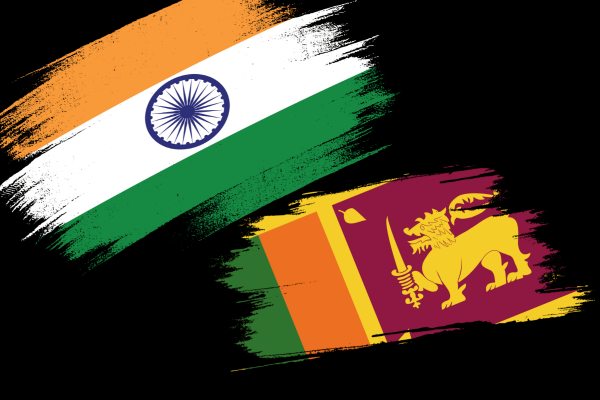Is Indo-Lanka land connectivity a significant step? – By Arundathie Abeysinghe

 Currently, feasibility studies to establish land connectivity with India is in its final stages. As revealed by Indian High Commissioner Santos Jha recently in Colombo, India-Sri Lanka Land Connectivity Corridor is the most impactful in terms of potential, a “gamechanger” for Sri Lanka. Present status of India-Sri Lanka bilateral relations and the future direction of correlations between the two nations, especially, economic partnership is a commitment to greater connectivity, including the indication of a land bridge across the Palk Strait, a 23-km long route, an over-the-sea bridge connecting Tamil Nadu to Sri Lanka by land are favorable indications of a robust bilateral relationship.
Currently, feasibility studies to establish land connectivity with India is in its final stages. As revealed by Indian High Commissioner Santos Jha recently in Colombo, India-Sri Lanka Land Connectivity Corridor is the most impactful in terms of potential, a “gamechanger” for Sri Lanka. Present status of India-Sri Lanka bilateral relations and the future direction of correlations between the two nations, especially, economic partnership is a commitment to greater connectivity, including the indication of a land bridge across the Palk Strait, a 23-km long route, an over-the-sea bridge connecting Tamil Nadu to Sri Lanka by land are favorable indications of a robust bilateral relationship.
This route is planned to be constructed over the Palk Strait from Talaimannar (located on the northwestern coast of Mannar Island) to Rameswaram (southeast Indian state of Tamil Nadu) and with suggestions to construct a railway line, in addition to vehicular traffic and along with the construction of the bridge, the project also includes the construction of a highway system that will facilitate direct travel from Talaimannar to Trincomalee in the East and Colombo in the South. However, the first road will be constructed from Talaimannar to the Port of Trincomalee.
The proposed land bridge between the two countries will also allow Indian shipping companies to unload India-bound containers and thereafter transport them by road to their destinations.
Prime Minister Narendra Modi’s promise to “strengthen the maritime, air, energy, and people-to-people connectivity,” is a part of his ‘Neighbourhood First’ policy, which came into being in 2008, emphasizing on management of relations with countries, between India and its neighbors, (including Sri Lanka), improving physical, digital and people-to-people connectivity, while also boosting trade and commerce.
Meanwhile, there are also efforts to foster energy security for the island nation to bring down the cost of energy, connecting Sri Lanka to emerging regional and global grids, with India as a major transit point that can help bring investments to actualize Sri Lanka’s vast clean energy potential and generate additional revenue which will promote Sri Lanka as a major energy exporter. Power grid interconnection, the multi-product pipeline and a virtual LNG pipeline connecting India and Sri Lanka are also included as future projects between the two countries.
India has assisted Sri Lanka to complete over 60 grand projects spread across 25 districts in all spheres up to now, and the bilateral relationship is also evolving with people’s changing needs and priorities.
During the economic crisis, the worst experienced during the post-independence period, India provided approximately USD 4 billion in food and financial assistance to Sri Lanka.
During President Ranil Wickremesinghe’s visit to India in July 2023, Prime Minister Narendra Modi and President Wickremesinghe had productive and outcome-oriented discussions which centered on unique opportunities to forge a closer as well as deeper bilateral economic partnership between the two countries while enhancing growth in the Indian Ocean Region.
The Vision Document adopted by the two leaders is a long-term roadmap to prosper together with connectivity on five spheres as the key enabler. Maritime connectivity, air connectivity, energy and power connectivity, trade, economic and financial connectivity and people-to-people connectivity.
Meanwhile, President Ranil Wickremesinghe elaborated on the Indo-Lanka land connectivity project, while delivering a speech at the seventh Indian Ocean Conference (IOC) in Perth, Australia, in February this year, “feasibility studies for land connectivity between India and Sri Lanka underscore efforts to establish Sri Lanka as a Regional Logistics Hub facilitating trade with South India and the island nation would become a regional logistics hub as existing facilities are not sufficient.”
President also highlighted the vital need for enhanced connectivity infrastructure to accommodate the projected eight-fold increase in the GDP of countries such as India, by 2050.







